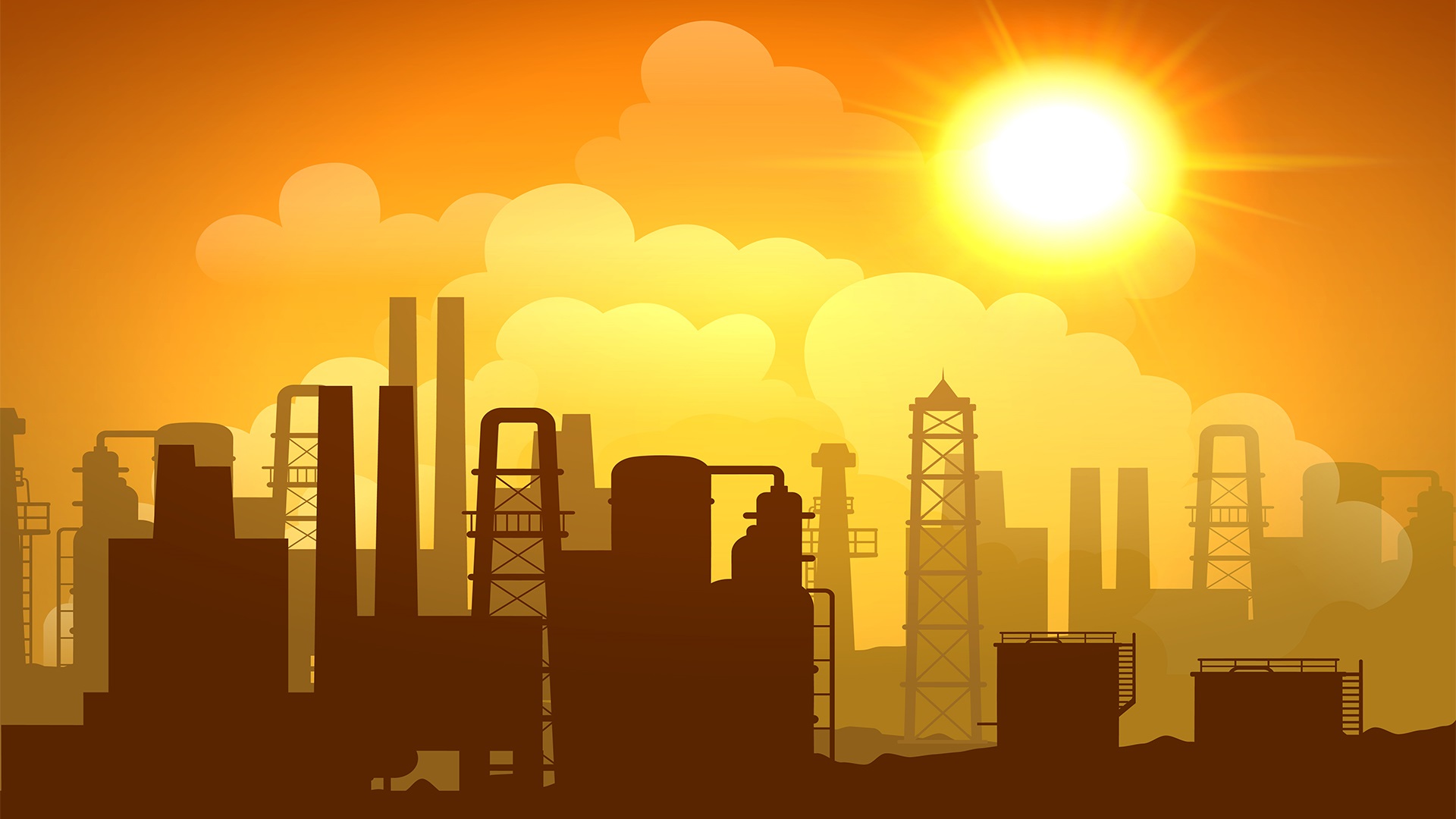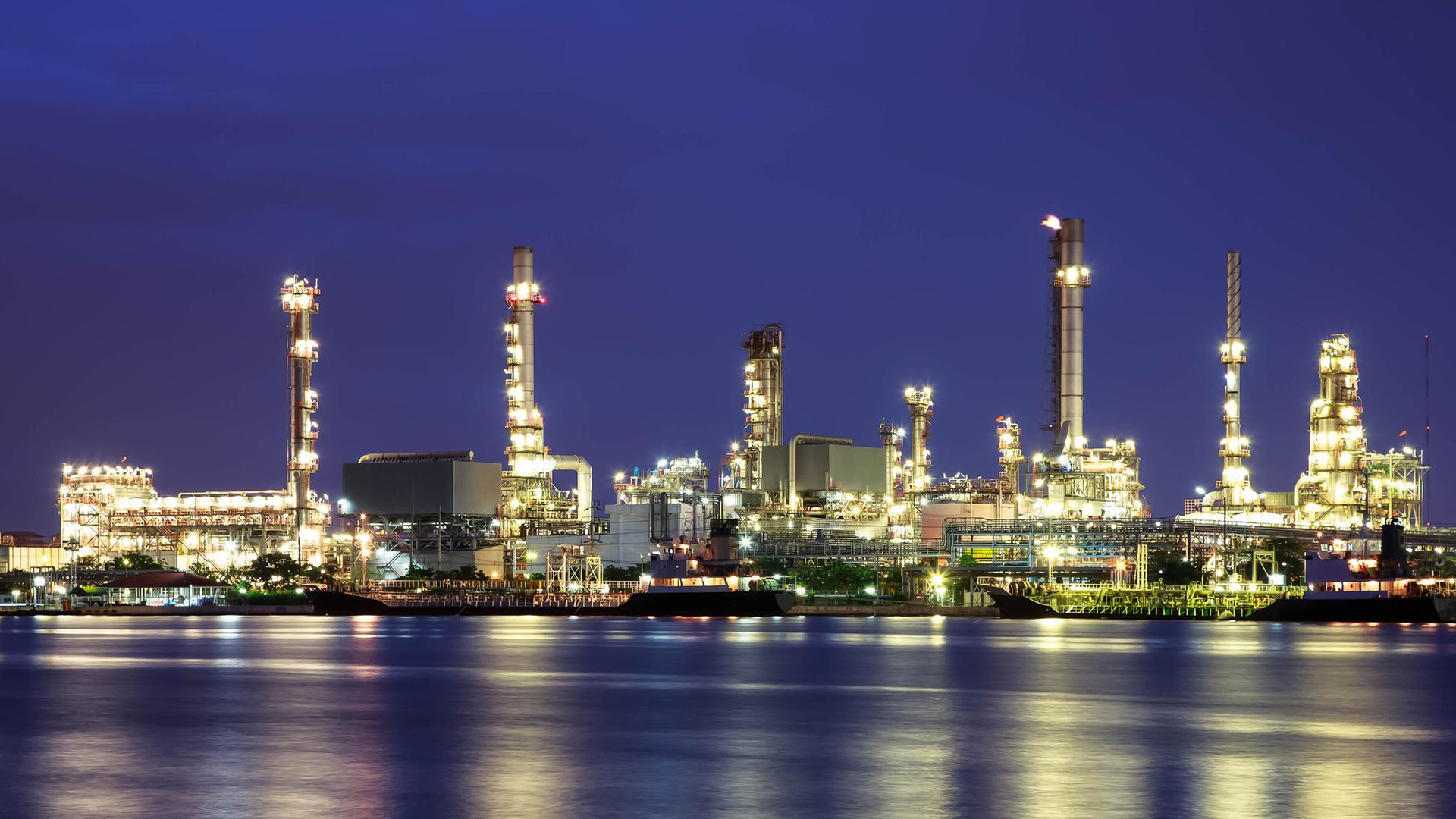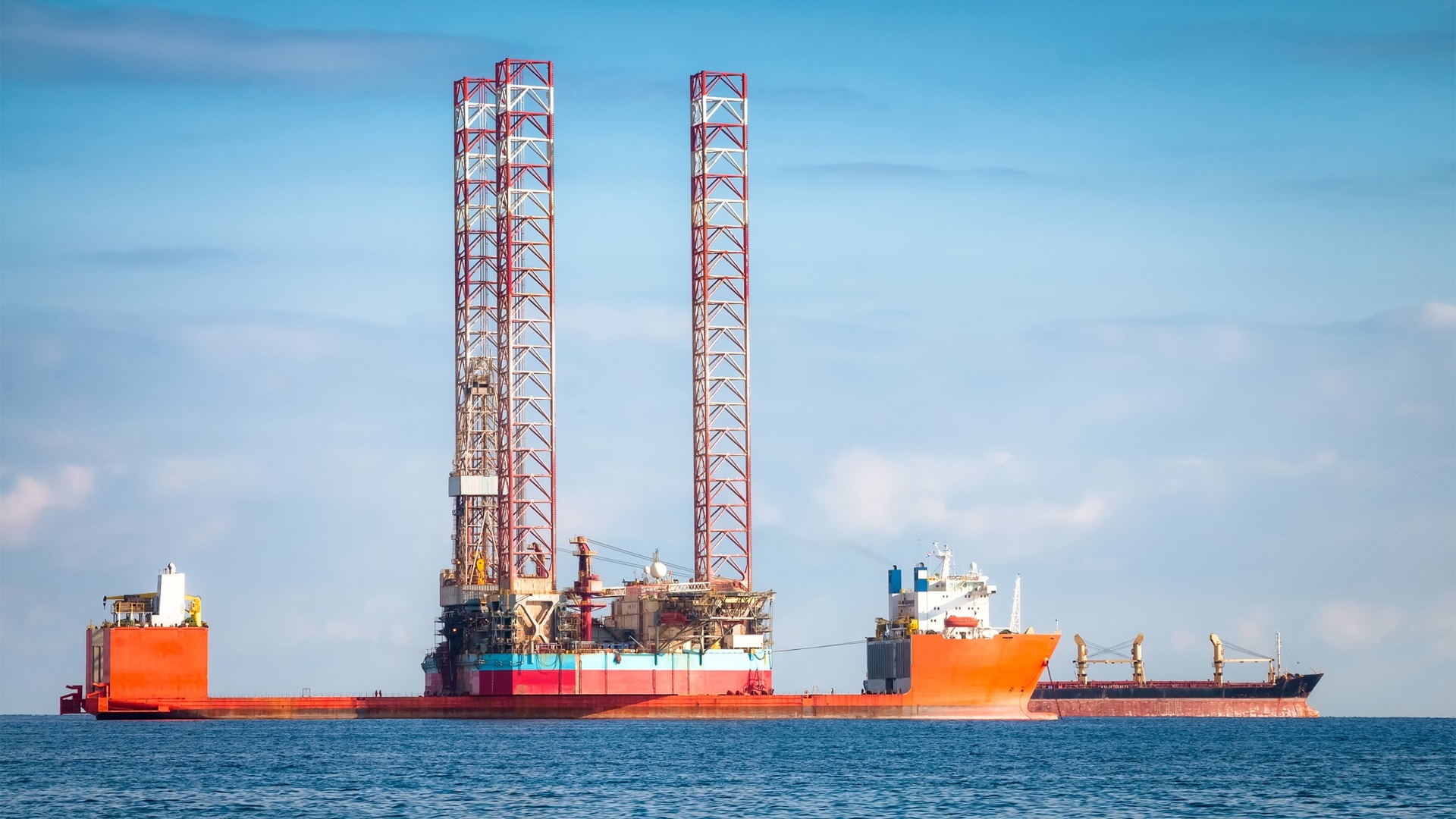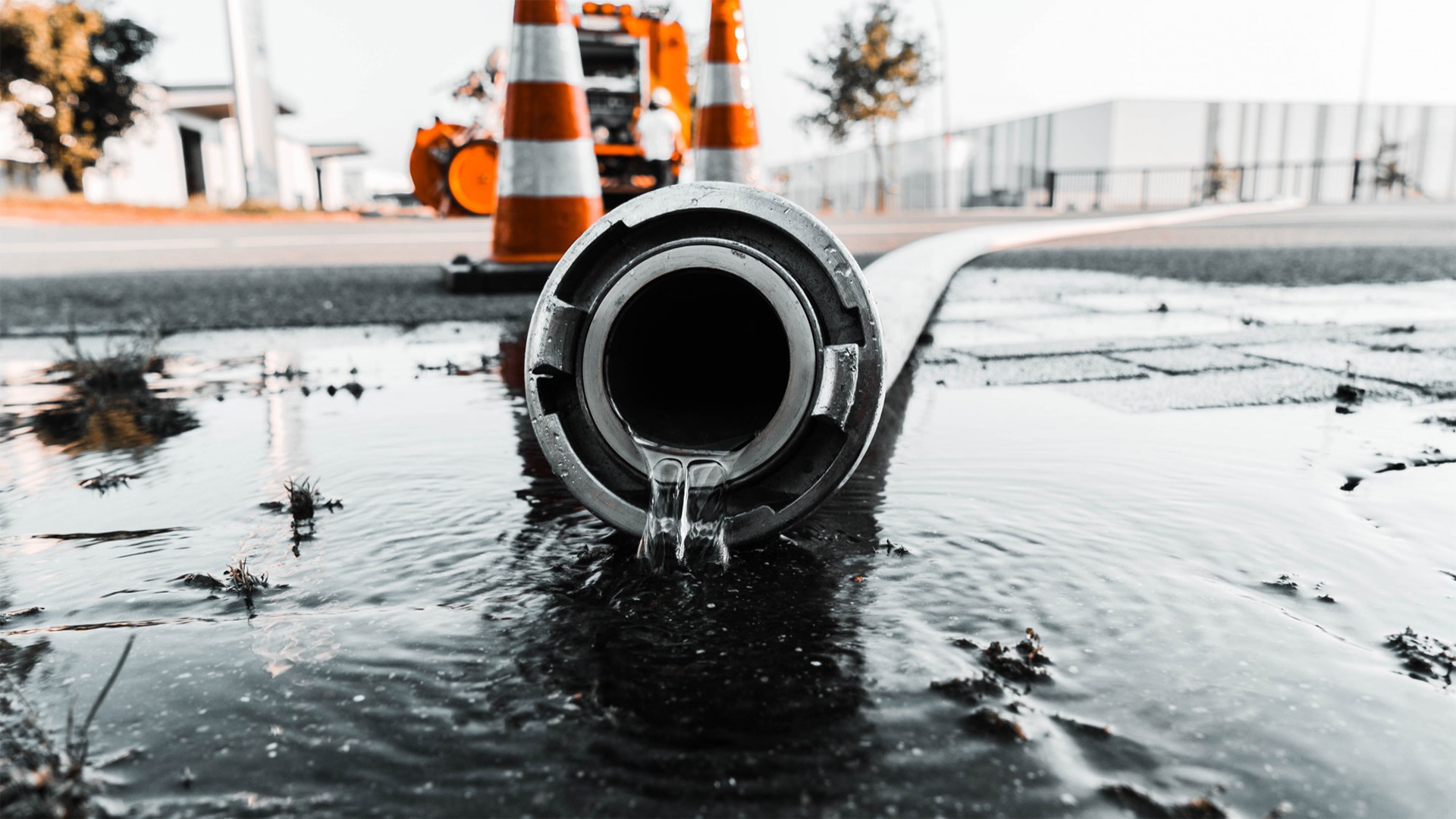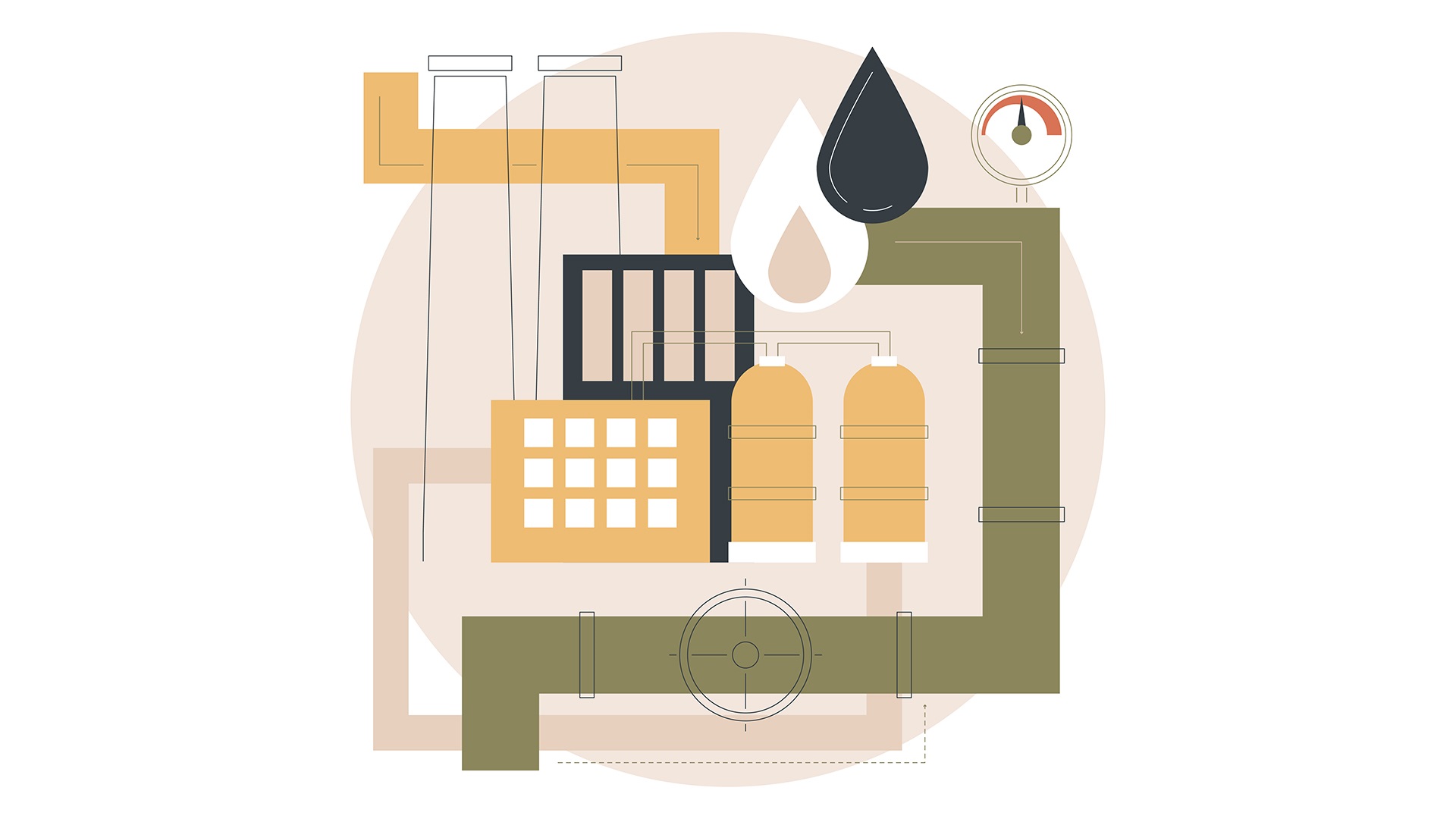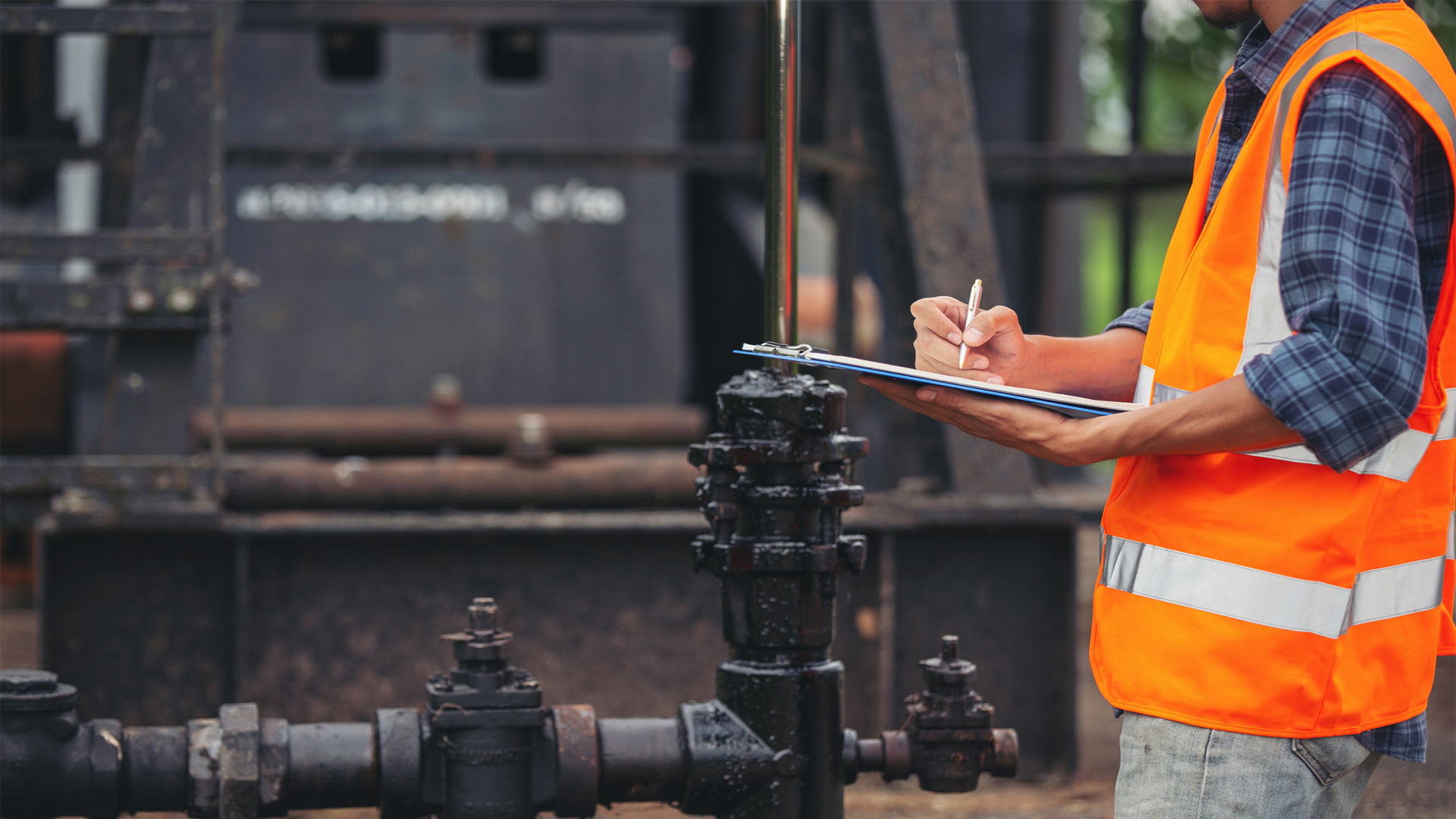
Advanced Risk Analysis And Prevention In The Oil & Gas Industry
Course overview
In practically every industry in the world, workplace security and safety are top priorities, particularly in those that deal with dangerous materials or involve settings that are prone to hazards. Management of operational hazards is crucial for preventing accidents in a dangerous work environment.
In order to facilitate least harm and maximum safety, accurate risk assessments and prior accident investigation reports are reliable sources of knowledge for decision-making in dangerous situations. Particularly in the maritime business, formal risk assessment and management support is needed to protect people, the marine environment, cargo, ships, and other marine vessels.
Risk analysis is a thorough and involved procedure. It starts with identifying potential risks and/or hazards, evaluating their impact, ranking them according to importance and criticality, controlling or putting in place systems to control or minimize their occurrence or effects, and reviewing the control measures and systems put in place to ensure that standards and systems are upheld and followed.
Every time a new position or job is added to an organization, or whenever significant and persistent signals point to a problem someplace, risk assessment should be a continual process. Quantitative risk analysis matrices display the degree of risk associated with every activity or process.
Accident investigation entails capturing key information from the accident scene, gathering information from other sources, analyzing this information to identify the underlying cause, and taking corrective action to lessen the damage and avoid recurrence.
Similar to risk assessment, accident investigation helps to prevent loss of life, property, and money and fosters a safe and secure work environment. To guarantee that the corrective actions put in place are correctly understood and prudently carried out by individuals involved in activities in a hazardous environment, training of staff is essential in both situations.
Introduction
Participants will have a thorough understanding of risk assessment and accident investigation through this Training Bee training course. Through this training, you won’t just learn the significance of these two procedures; you’ll also develop the expertise to use them in your company to promote extreme safety, security, and the reduction of risks and/or hazards.
Participants will be better able to anticipate hazards and develop corrective next steps far in advance to avoid occurrence and protect life, property, and the environment thanks to the foresight you will acquire from this course on risk assessment, accident investigation, and the oil and gas industry.
We are The Training Bee, a global training and education firm providing services in many countries. We are specialized in capacity building and talent development solutions for individuals and organizations, with our highly customized programs and training sessions.
Learning Objectives
Upon completing Oil and Gas Industry Risk Assessment, Accident and Incident Investigation Program, participants will be able to:
- Additional information on the processes involved in risk assessment and accident investigation.
- The expertise and knowledge required to participate in risk assessment activities or accident investigations, particularly data gathered from interviews and other sources, thereby expanding opportunities for career advancement both laterally and vertically.
- The ability to work in any sector or organization of one’s choice is increased by having the necessary grasp of international and widely used risk assessment and management ideas.
- Exposure, expertise, and self-assurance to independently design and oversee the implementation of a pertinent and distinctive risk assessment and accident investigation approach in order to choose the most effective remedial measures and avoid a repeat of the incident.
- The necessary capacity, ability, and expertise to contribute to the organization’s economic development and growth due to decreased risks of dangers or accidents.
Our Unique Training Methodology
This interactive course comprises the following training methods:
- Journaling – This consists of setting a timer and letting your thoughts flow, unedited and unscripted recording events, ideas, and thoughts over a while, related to the topic.
- Social learning – Information and expertise exchanged amongst peers via computer-based technologies and interactive conversations including Blogging, instant messaging, and forums for debate in groups.
- Project-based learning
- Mind mapping and brainstorming – A session will be carried out between participants to uncover unique ideas, thoughts, and opinions having a quality discussion.
- Interactive sessions – The course will use informative lectures to introduce key concepts and theories related to the topic.
- Presentations – Participants will be presented with multimedia tools such as videos and graphics to enhance learning. These will be delivered engagingly and interactively.
Training Medium
This Oil and Gas Industry Risk Assessment, Accident and Incident Investigation Program training is designed in a way that it can be delivered face-to-face and virtually.
Course Duration
This training is versatile in its delivery. The training can be delivered as a full-fledged 40-hour training program or a 15- hours crash course covering 5 hours of content each day over 3 days
Pre-course Assessment
Before you enroll in this course all we wanted to know is your exact mindset and your way of thinking.
For that, we have designed this questionnaire attached below.
- What are the main dangers and risks related to the oil and gas sector?
- In the context of the oil and gas industry, could you provide a quick explanation of the notion of risk assessment?
- Identify some of the most important safety laws and guidelines that apply to the sector.
- In the oil and gas business, what are the goals and significance of incident reporting and investigation?
- Have you ever participated in an investigation into an incident? If so, give a brief account of your experience.
- The oil and gas industry normally manages risk in what ways? Please give a summary.
- What actions should be made to reduce the risks involved with drilling, production, and exploratory activities?
Course Modules
This Oil and Gas Industry Risk Assessment, Accident and Incident Investigation Program covers the following topics for understanding the essentials of the Agile Workplace:
Module 1 – Fundamentals of Risk Assessment
- Add value and deal with uncertainty
- Address the main dangers and risks
- Review every part of your work and take into account any unusual tasks.
- Risks are systematically identified and reviewed.
- Think about the dangers to clients and workers
- Involve structured, methodical methods
Module 2 – Procedure for Risk Assessment
- Identification of the risk
- Risk evaluation
- Prioritizing risks
- Control of risk
- Review and monitoring of risk controls
Module 3 – Situations/Contexts That Need a Formal Risk Assessment
- Hazardous materials
- Work involving fire and noise
- Display screen technology
- Work and locations with lead and asbestos
Module 4 – Gains from Risk Assessment
- Identifying and managing risks
- Greater awareness among staff
- Standards for risk management worldwide
- Fewer accidents or incidents at work
- Decreased administrative costs
Module 5 – Accident Investigation Procedures
- Documentation of the crash site
- Information gathering
- Root cause analysis
- Implementation of corrective action
Module 6 – Benefits of Accident Analysis
- No damage to people or property
- Decreased losses
- Dedication to health and safety that has been shown
- Increased awareness of employees
- Increased workplace spirit
- Better management
Module 7 – Informational Resources for the Investigation
- Instructions for equipment
- Organizational records and policies
- Maintenance plans, logs, and records
- Training documentation Audit documents
- Records and policies for enforcement
Module 8 – What Makes Accident Investigation Programs Effective?
- Written procedures must be concise and clear.
- Training for staff
- Employees and management working together
- Put your attention on identifying and fixing the root causes.
- Timely remedial measures
- Annual program evaluation for improvements
Post-course Assessment
Participants need to complete an assessment post-course completion so our mentors will get to know their understanding of the course. A mentor will also have interrogative conversations with participants and provide valuable feedback.
- What major dangers and risks related to the oil and gas sector have you learned about in this course?
- Now that you’ve finished the program, can you simply summarize the idea of risk assessment as it relates to the oil and gas industry?
- After finishing the course, make a list of some of the safety laws and standards you believe are most important for the sector.
- Based on what you’ve studied, describe the goal and significance of incident reporting and investigation in the oil and gas business.
- What new insights have you received throughout this training, and how has your understanding of incident investigation changed?
- Describe the key techniques you learned in the course for managing risk in the oil and gas industry.
Lessons Learned
The most important lesson is that safety is of the utmost significance in the oil and gas sector. Safety is a core value, not just a top priority. Participants have discovered that having a culture of safety, having strong safety processes, and adhering to the law are essential.
Understanding the numerous risks and hazards related to oil and gas activities is crucial for risk identification and mitigation. To safeguard both people and the environment, participants have improved their ability to recognize possible hazards and implement appropriate risk mitigation techniques.
Participants have gained knowledge about the need of event reporting and inquiry for ongoing improvement. Thorough investigations not only reveal underlying systemic problems but also assist in identifying the immediate causes of occurrences.
Adhering to industry laws is not only necessary under the law, but also right and proper. The course places a strong emphasis on the necessity of upholding compliance in order to guarantee the security and reliability of operations.
PPE (Personal Protective Equipment) and Safety Equipment: The curriculum emphasizes the significance of using the appropriate PPE (Personal Protective Equipment) and safety equipment in diverse oil and gas operations. They’ve discovered that using them properly can save lives and avert accidents.
It has been emphasized how important it is for leaders to promote a culture of safety. A company’s leadership sets the tone for safety and can significantly reduce mishaps by demonstrating their commitment to safety.

